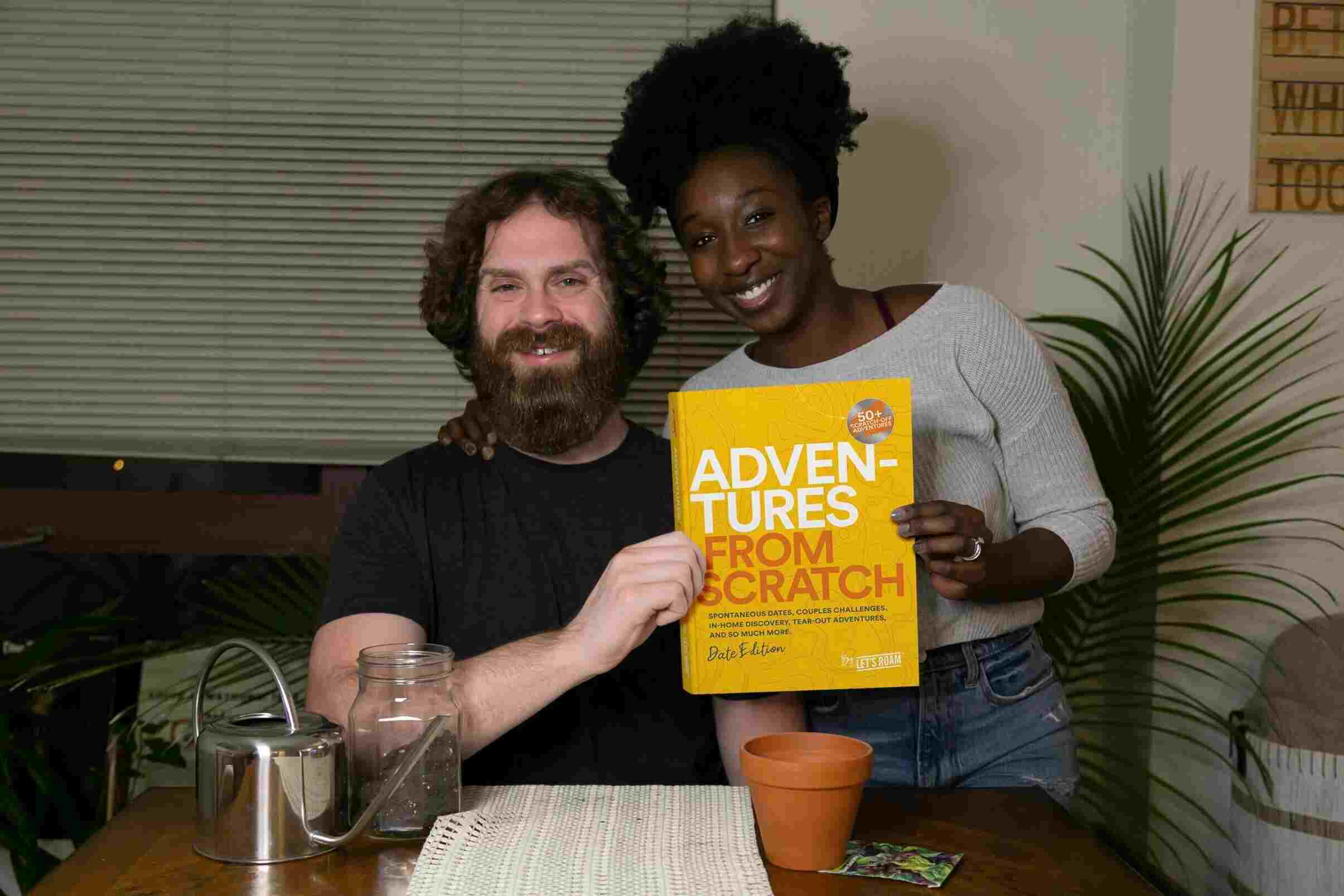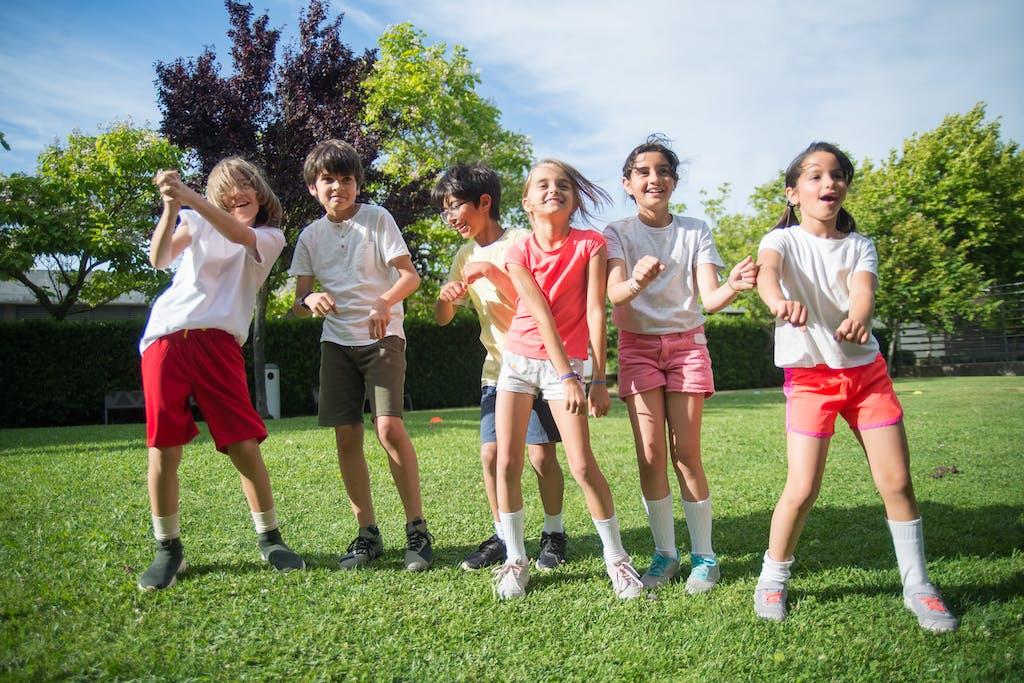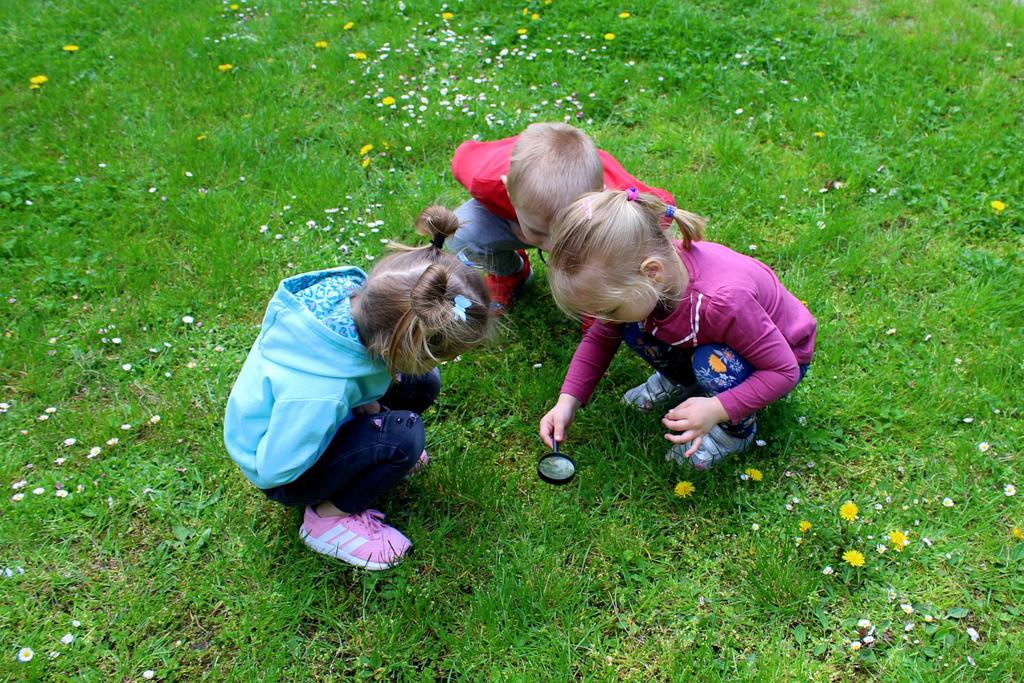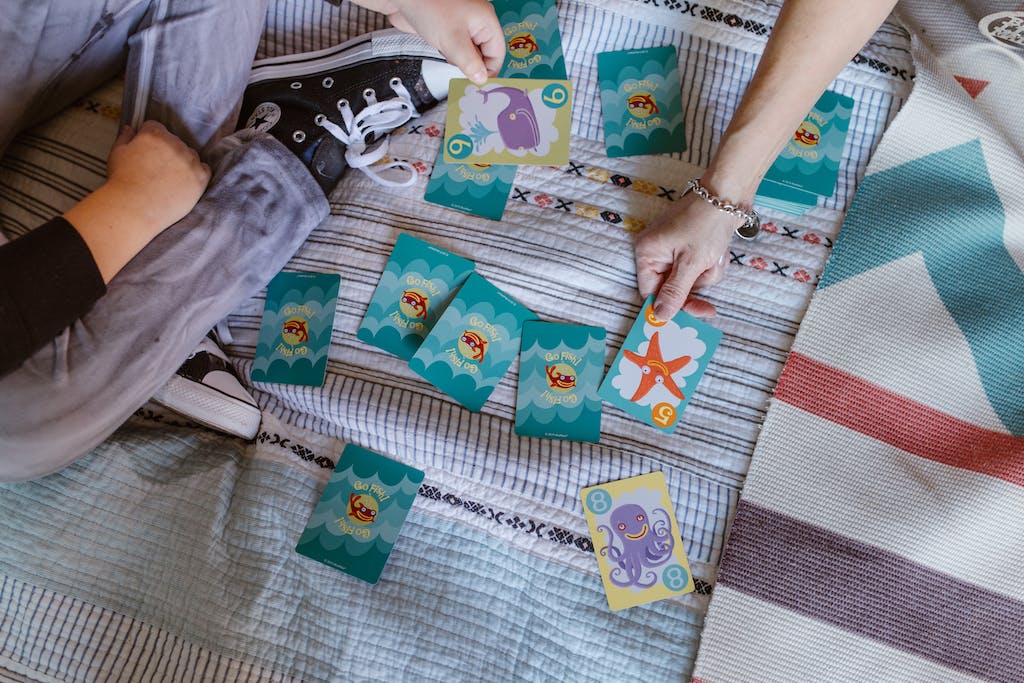Recent Posts
-
The 17 Best Puzzle Games for KidsFamily • 11 mins
-
Fun and Engaging Kids Games for PartiesFamily • 11 mins
-
The 32 Best Art Games for KidsFamily • 11 mins
-
The 22 Best Spelling Games for KidsFamily • 11 mins
-
The 20 Best Music Games for KidsFamily • 11 mins
-
The 27 Best Science Games for KidsFamily • 11 mins
-
The 23 Best Christmas Games for KidsFamily • 11 mins
-
The 31 Best Halloween Games for KidsFamily • 11 mins
-
The 13 Best Card Games For KidsFamily • 11 mins













